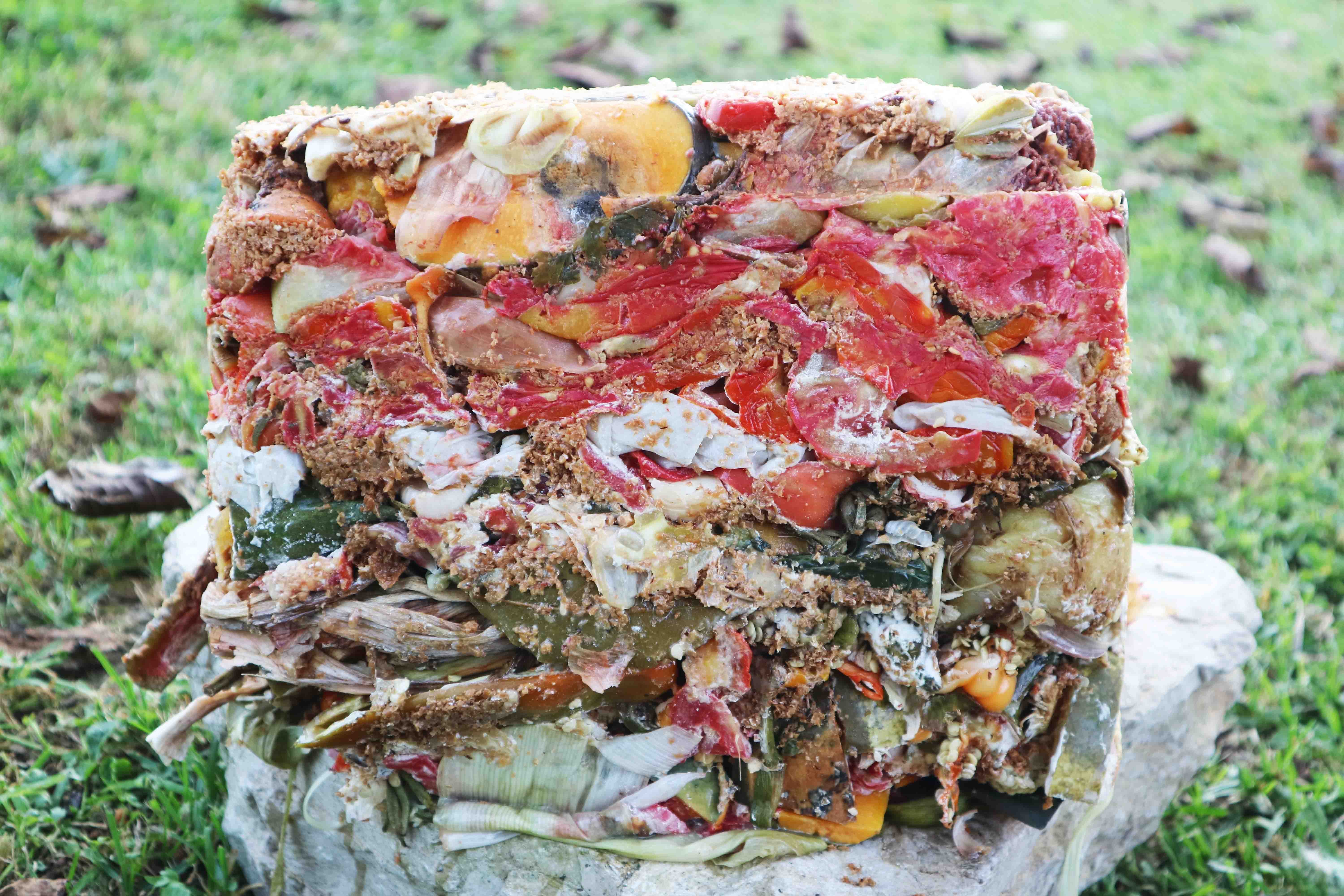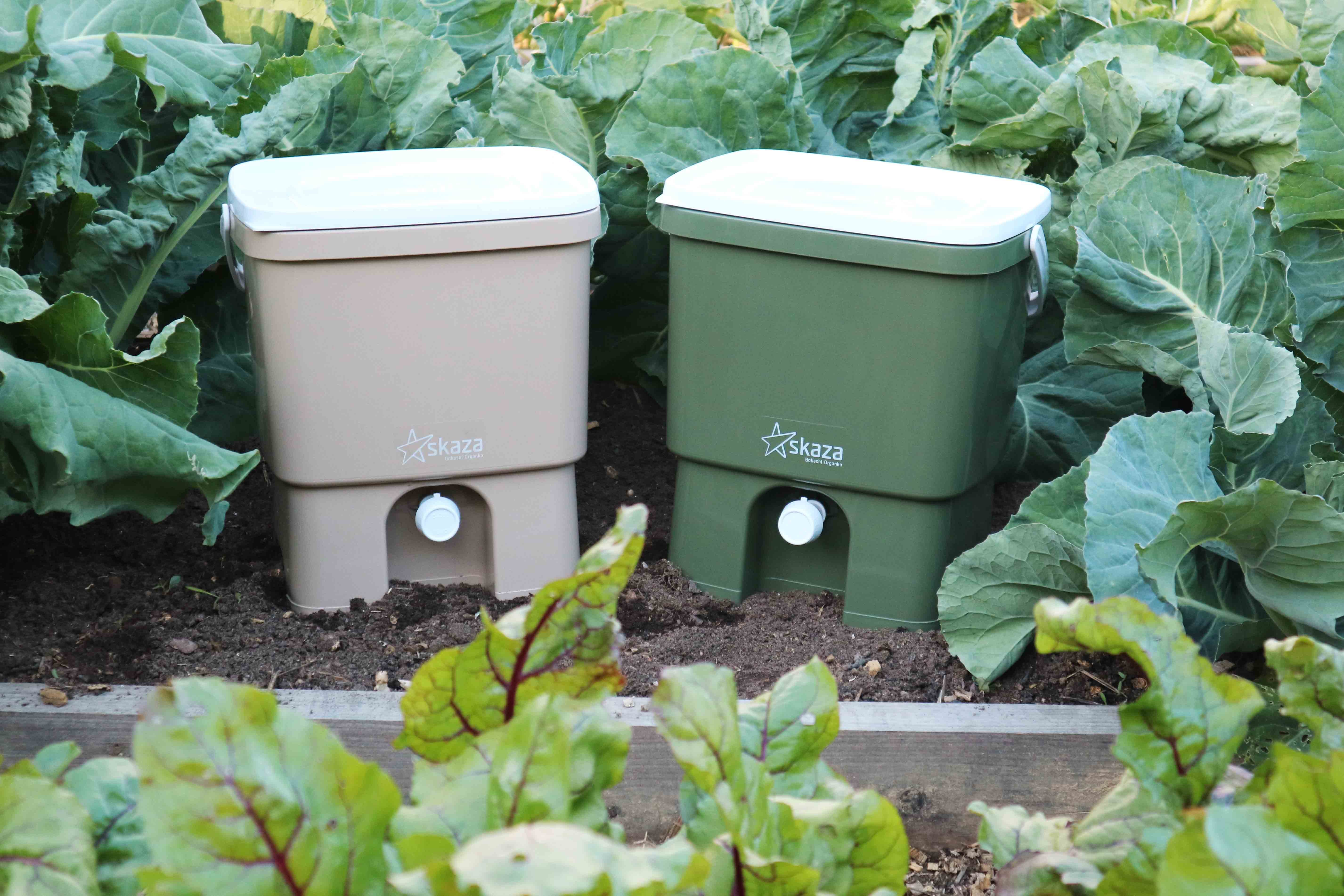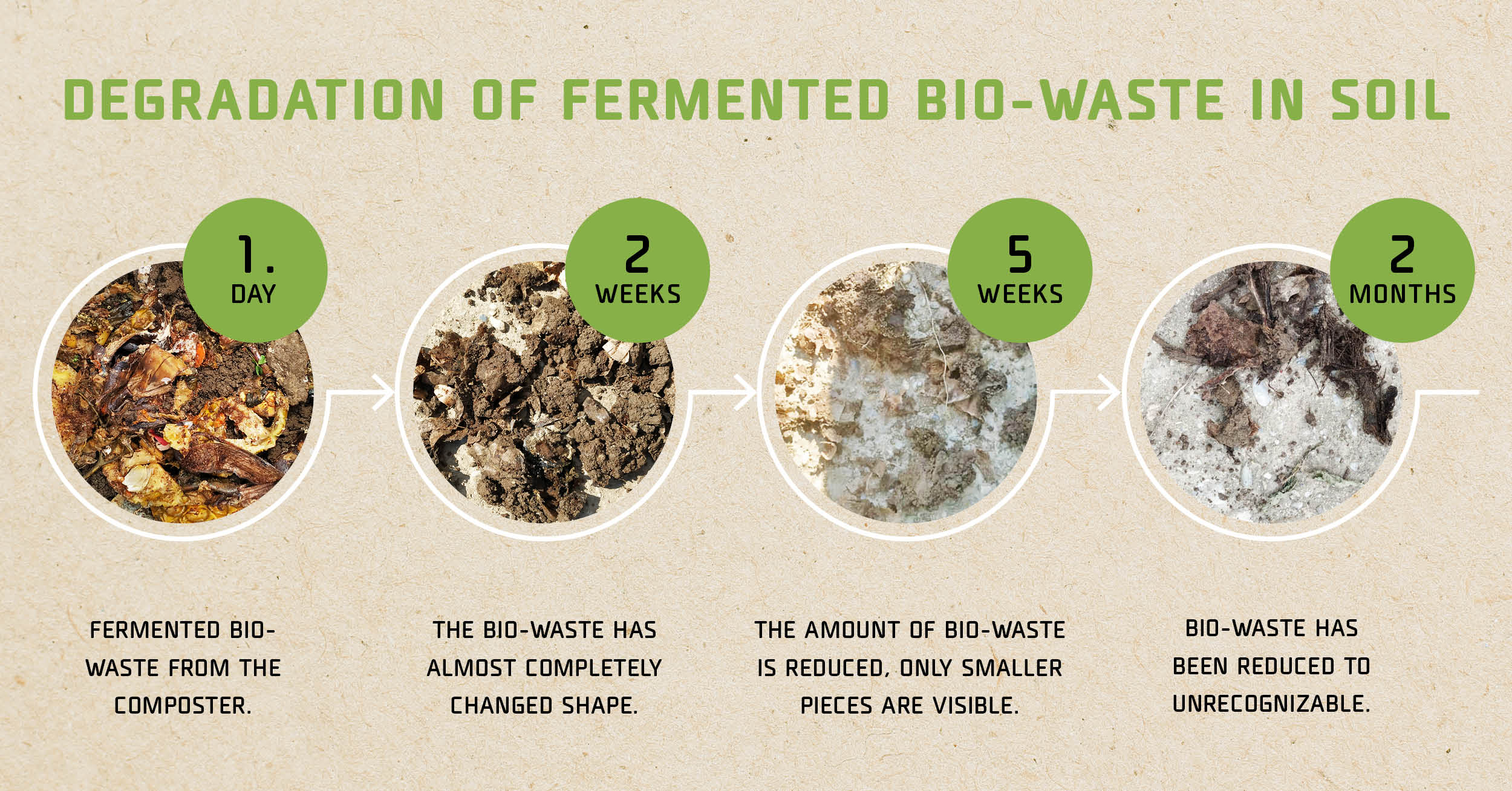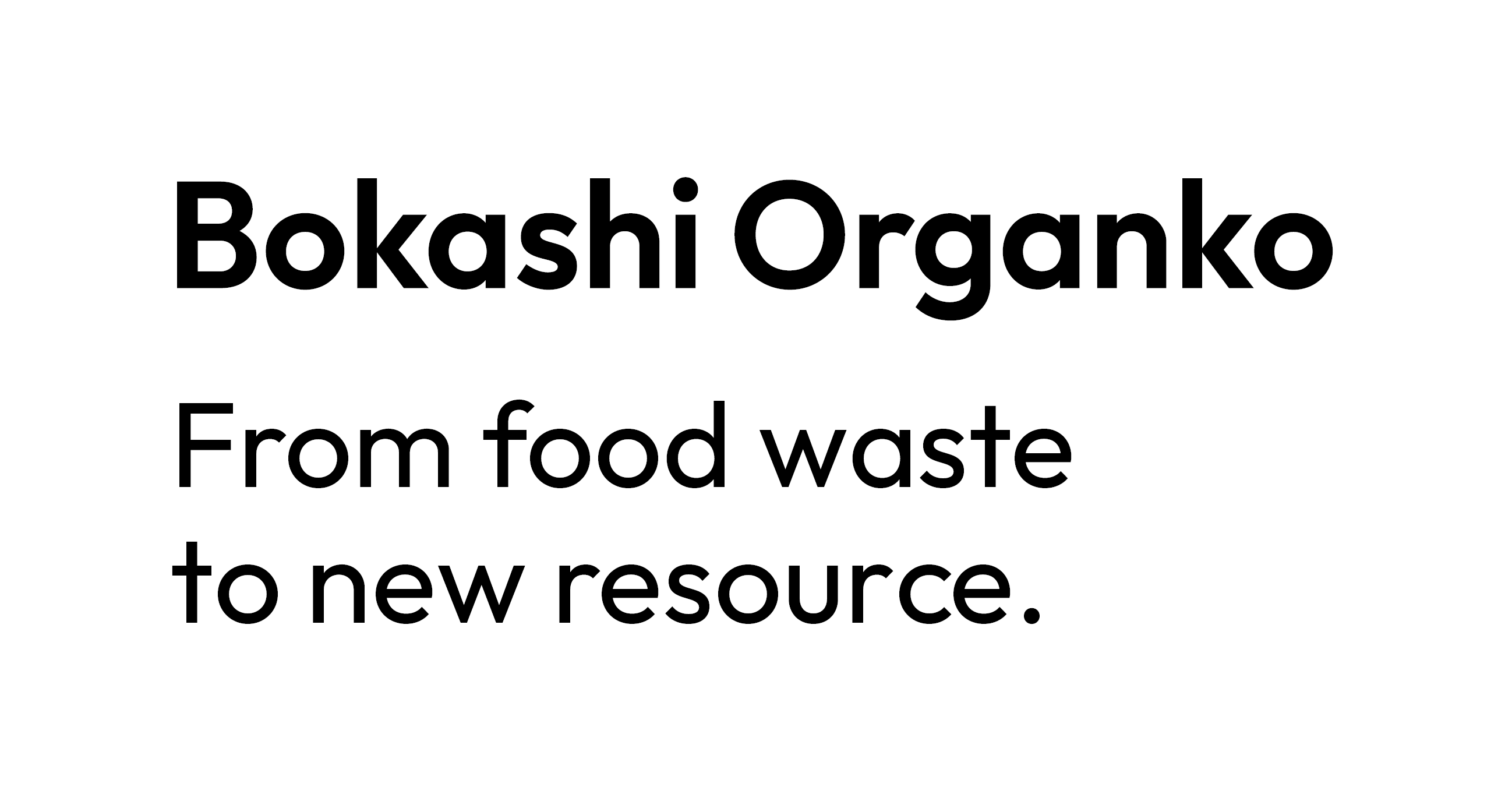As you probably know, home composting is not just a practical way to get rid of your organic waste, but it also proves extremely beneficial to your garden soil. Thanks to Bokashi Organko, the bio-waste volume will decrease by 25%, which is a good enough reason to start indoor composting even if you do not own a garden or do not grow plants on your balcony. In this case, once the fermentation process is done, you can simply depose bokashi mass into the bio-waste bin. However, if you do have a garden, you will want to make great use of it and produce your very own bokashi soil.
Let the fermentation process run its course
When the Bokashi Organko composter gets full, you need to seal it up for two weeks and let the fermentation run its course. Microorganisms found in the bokashi bran you have been adding to the biowaste will need some time to finish the decomposing process properly. In order to achieve the best results, we really need to make sure the process is not affected by incoming oxygen. Don’t worry, as all Bokashi Organko composters come with reliable vacuum components, either a sealing cover or a presser.

In the meantime, don’t forget to drain the bokashi liquid. You need to pipe it out every two to three days in order to keep the fermentation mass dry; otherwise, it can start to decay, which is not at all what you want to achieve. Our composters have a handy outflow installed at the bottom, which should make this very simple.
While you are waiting for your Bokashi Organko to do its thing, you can start loading up a new bin. We know that some of you are great horticultural enthusiasts and own bigger gardens that continuously need to be nourished with beneficial bokashi soil. We also understand that you probably don’t want to put composting bio-waste on a 14-day pause while you are waiting for one load to be ready. That is why getting another bin is a great solution. In addition to a larger Bokashi Organko 1, we recommend a smaller Bokashi Organko 2, which is more suitable for kitchen use. On the other hand, for those of you who want to stick to one type of composters, we have also prepared sets that include either two larger or two smaller ones.

Producing your own bokashi soil
Back to creating bokashi soil. After two weeks of fermenting, your biomass is ready to be mixed with the garden soil. When burring fermentation mass in your garden or a balcony pot, make sure that soil completely covers it. You want to keep oxygen out of the dissolving process that will follow.
In the next two to three months, the biowaste mass will completely dissolve into the soil and thus enrich it with first-class nutrients. You can see the steps of this progression in the infographic below. Approximately eight weeks into the process, the bio-waste mass will be almost entirely absorbed by the garden soil, which you can then scatter across the other billets or add it to the soil in your balcony pots.

Why does home composting matter?
At Skaza, we believe that handing organic matter back to the soil is one of the essential keys to a sustainable future in terms of healthy food availability and the capacity to reverse climate change.
Every citizen can broaden their community's impact, being a residential neighborhood, a municipality, or an office building. Thanks to the low-tech principle of bokashi composting, little effort is required to change behavior.


